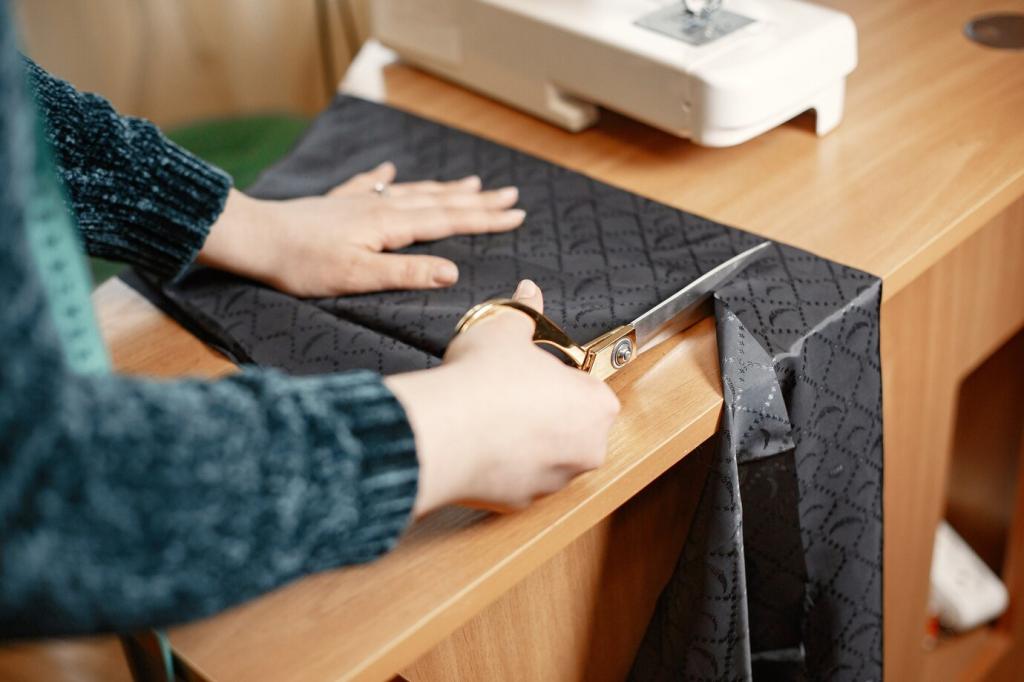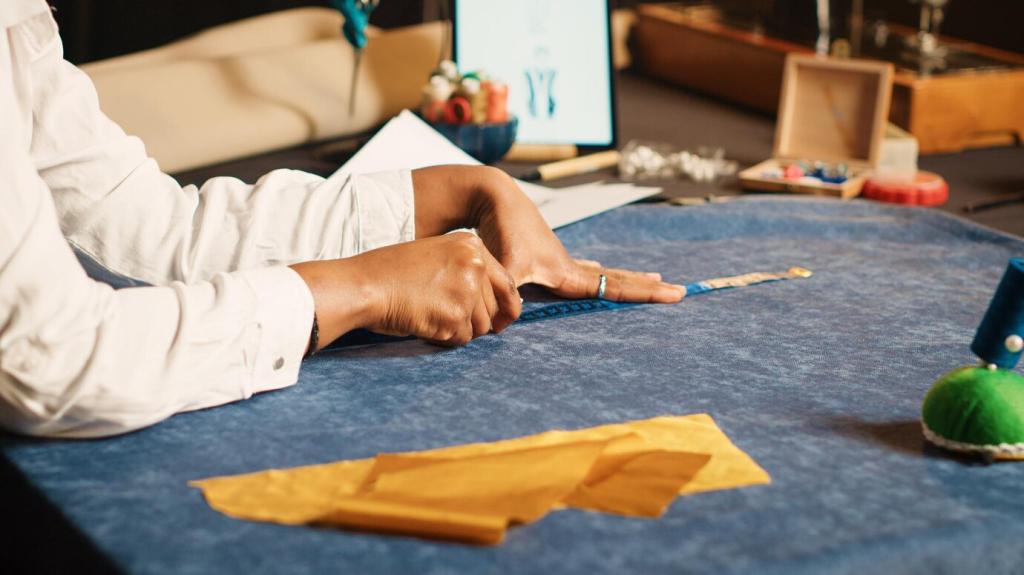
The Impact of the Industrial Revolution on Soft Furniture
Chosen theme: The Impact of the Industrial Revolution on Soft Furniture. Step into parlors, workshops, and department store windows to see how machines, steam, and new materials reshaped sofas and chairs. Discover the human stories threaded through upholstery, and subscribe to follow our ongoing dive into design history.
Mechanized Looms: Weaving Comfort at Scale
The Jacquard Breakthrough
With punched-card guidance, the Jacquard loom unlocked complex repeats for damasks and brocades that once took months by hand. Suddenly, ornate upholstery became attainable, widening aesthetic horizons beyond aristocratic salons. Do you own a chair whose bold floral scrolls might owe their rhythm to early programmable weaving?
Cotton, Mills, and Affordability
Industrial spinning and weaving flooded markets with durable cotton blends, reducing prices and swelling the ranks of sofa owners. Sturdy twills and sateens lined parlors where comfort met practicality. Share a memory of a well-loved couch whose fabric embodied that democratic turn toward softness within reach.
Color Transformed by Chemistry
Aniline dyes, sparked mid-century, drenched upholstery in mauves, emeralds, and ruby reds that glowed under gaslight. Bright palettes encouraged bolder interiors and confident self-expression. Have you noticed how vivid textiles photograph against dark wood and wallpaper? Follow us for stories linking chemistry, fashion, and everyday comfort.
Coil Springs Enter the Seat
By the mid-nineteenth century, coil springs made seats livelier and longer lasting, redirecting force and preventing sag. Comfort no longer depended solely on thick stuffing. If your grandmother’s armchair has a satisfied bounce, you are probably feeling that industrial turn embedded within every cushion.
From Horsehair to Jute Webbing
Traditional horsehair and curled fibers stayed important, but jute webbing and standardized tacks created predictable support grids. Upholsterers layered materials with new consistency, balancing breathability and structure. Remember the creak beneath an old seat? That voice often belongs to well-stretched webbing doing its quiet work.


From Craft Bench to Factory Floor
Cutting, stuffing, stitching, and tufting moved along coordinated lines that boosted speed and consistency. Prices fell, access widened, and more homes welcomed padded seating. Yet debates flared: did efficiency dull artistry? Many surviving sofas show both virtues—clean seams born of schedule, and hand-tied details born of pride.
From Craft Bench to Factory Floor
Even amid machines, experienced upholsterers decided tensions, edge rolls, and the final pull of fabric over frames. Their touch determined comfort and longevity. Think of the thumbprints hidden in every tack line. If a seam feels patient, someone likely paused, listened, and adjusted until the seat exhaled.
Rails, Catalogs, and the Birth of Furniture Shopping
Railways Stitch Towns Together
Finished frames and rolled fabrics journeyed from factories to provincial shops at unprecedented speed. Rural households compared styles seen in cities and ordered seats to match. Imagine a sofa stepping off a freight wagon, wrapped in canvas, carrying metropolitan confidence straight into a farmhouse parlor.
The Showroom Phenomenon
Plate-glass windows and theatrical vignettes invited passersby to imagine softer lives. Layered rugs, poufy ottomans, and gleaming tassels created persuasive stage sets. Salespeople urged patrons to sit, sink, and commit. What display once pulled you inside? Share it, and we will analyze the staging choices together.
Catalogs and Mail-Order Dreams
Printed catalogs sorted options by fabric, finish, and price, transforming shoppers into curators. Swatches traveled by post, and living rooms took shape by correspondence. That democratic promise—choice in your mailbox—reverberates today in online carts. Subscribe to explore how early mail-order systems scripted modern furniture buying.
Victorian Style, Arts and Crafts Pushback
Button-tufted backs, bullion fringe, and dramatic damasks announced prosperity and warmth. Parlors glowed beneath gaslight, every cushion a small theater. For some, this was comfort made visible; for others, visual overwhelm. Do you crave that layered embrace, or prefer clearer silhouettes and calmer surfaces?
Victorian Style, Arts and Crafts Pushback
Reformers championed visible joinery, natural fibers, and integrity of construction. They did not banish softness; they clarified it, aligning upholstery with honest frames. A Morris chair with firm cushions whispers that comfort and conscience can coexist. Share your favorite example where restraint still feels deeply welcoming.
Victorian Style, Arts and Crafts Pushback
Simpler lines, cleaner fabrics, and sanitary ideals nudged designs away from dust-catching ornament. Industry obliged with standardized forms and tighter upholstering methods. Those shifts prepared the stage for twentieth-century sofas—streamlined yet inviting. Which details feel timeless to you, and which feel anchored to their bustling century?
Home, Health, and Habits Changed by Softness
Concerns about dust spurred washable slipcovers and practical cotton twills. Households learned seasonal routines of airing cushions and beating fabrics outdoors. Those rituals stitched health into comfort. Do you rotate covers with the weather? Your habits echo nineteenth-century strategies for keeping plush spaces fresh and welcoming.
